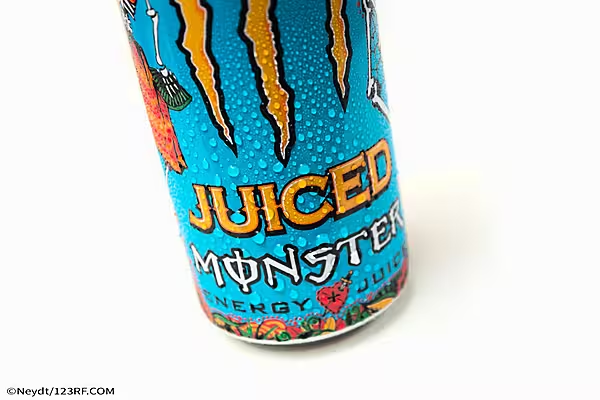Procter & Gamble is set to report muted quarterly revenue growth on Friday (18 October). The purveyor of Tide detergent, Dawn dish soap and Pampers diapers faces rivals competing on price in its two biggest markets, the United States and China.
Chief financial officer Andre Schulten said on 5 September at an investor conference the consumer products company's first quarter, which ended 30 September, would "not look materially different" from the prior quarter.
In its fourth quarter ended 30 June, sales were flat and organic sales rose 2%. Organic sales do not count the impacts of foreign exchange, acquisitions and divestitures.
The Cincinnati-based company, considered a bellwether for American consumers broadly, is seeing a slowdown in growth in its biggest market, the United States.
P&G executives have said it offers products for nearly every price point and across retailers, from Walmart to Costco.
Pricing And Distribution
Brian Mulberry, client portfolio manager at Zacks Investment Management, which has a stake in P&G, said the company has not reduced prices in recent months, leading to "weaker demand and slowing sales."
P&G also has expanded its distribution to dollar stores such as Dollar Tree to broaden its market share among low-income Americans earning less than $35,000 per year. But many are paring back their spending or turning to retailers' own-brand private-label products.
P&G is "giving a huge opening to a lot of private label, like (Costco's) Kirkland Signature and Vons, to really get embedded into households and improve over time," said Michael Schulman, chief investment officer at P&G investor Running Point Capital. Supermarket operator Albertsons owns Vons, a grocery chain with locations in California and Nevada.
"I think they're missing out on lower-income consumers. And what they risk there is huge," Schulman added.
Christian Greiner, senior portfolio manager at F/m Investments, which holds P&G shares, said P&G would have to lower prices by discounting in order to significantly boost US volumes, a move that could hurt its profitability.
P&G's first-quarter net sales are expected to rise 0.35% to $21.95 billion, according to estimates compiled by LSEG. The company is expected to post quarterly adjusted profit per share of $1.90, compared to the $1.83 it reported a year earlier.
P&G has forecast fiscal year 2025 all-in sales to grow 2% to 4% and core profit per share to be between $6.91 and $7.05.
"I'm not expecting any great shakes from them" on Friday, Schulman said.
Flat Market Share
According to NielsenIQ data in a research note from Bernstein, P&G's overall market share has been roughly flat the past two months, as has its share in fabric and home care, its biggest business.
Unilever, which makes rival products including Persil detergent, is overhauling the supply chain for its home care business in Europe, and plans to boost its own promotions in the category.
In P&G's second biggest market, China, many shoppers are rejecting its pricey SK-II face serums. Weak consumer spending in China overall makes any U.S. revenue growth increasingly important, said Michelle Li, an analyst at Parnassus Investments.
CEO Jon Moeller said at the company's annual meeting on 8 October that tensions in the Middle East have had an impact on P&G's business. Pro-Palestinian activists have called for consumers to boycott the company because of its connections to Israel.
The company has offices in Tel Aviv and says its products such as Pantene shampoo are in 98% of Israeli households.













